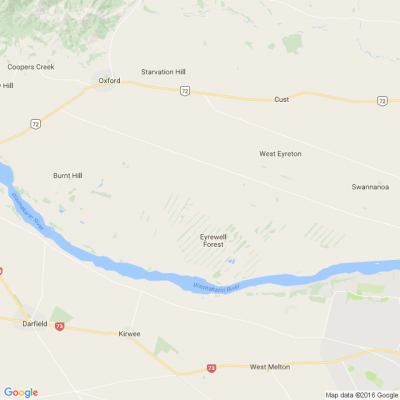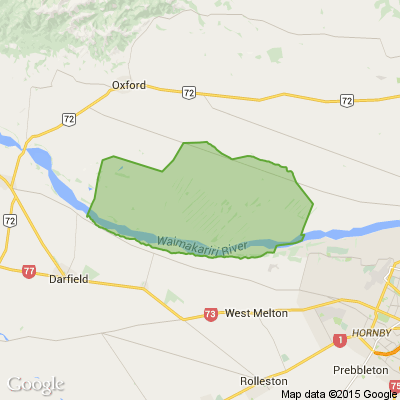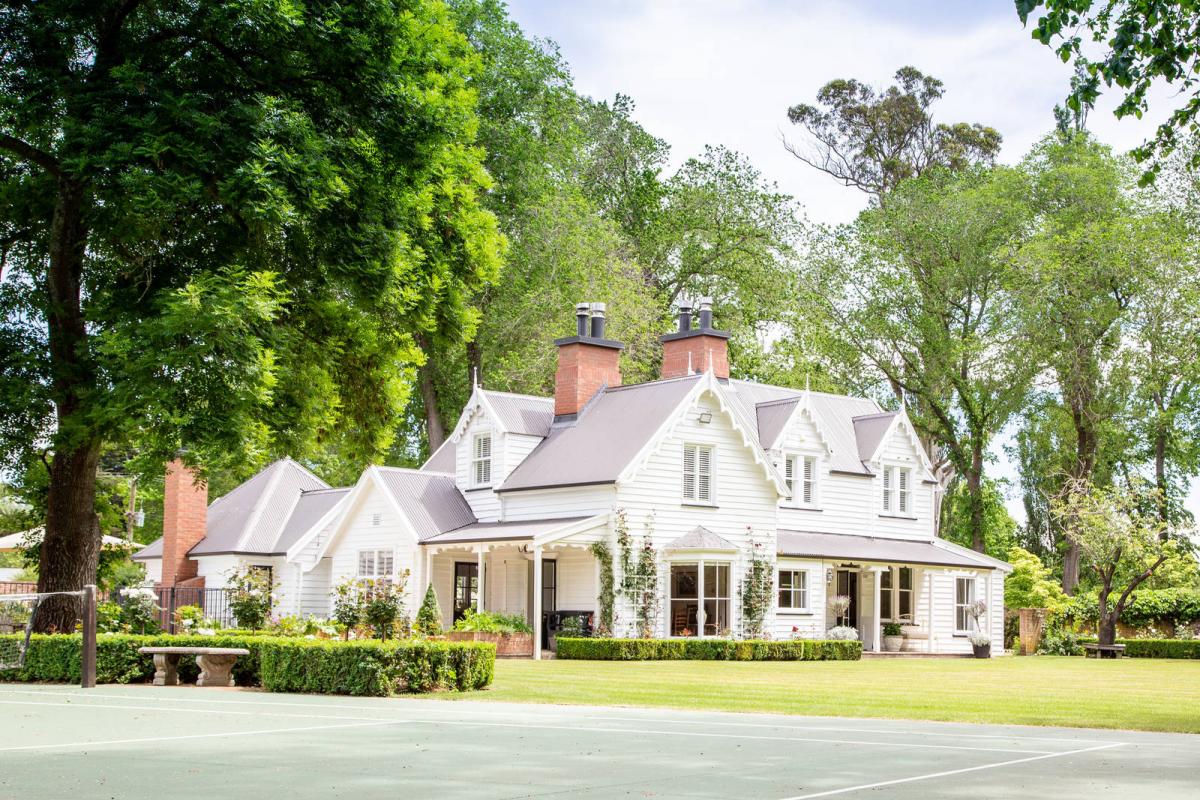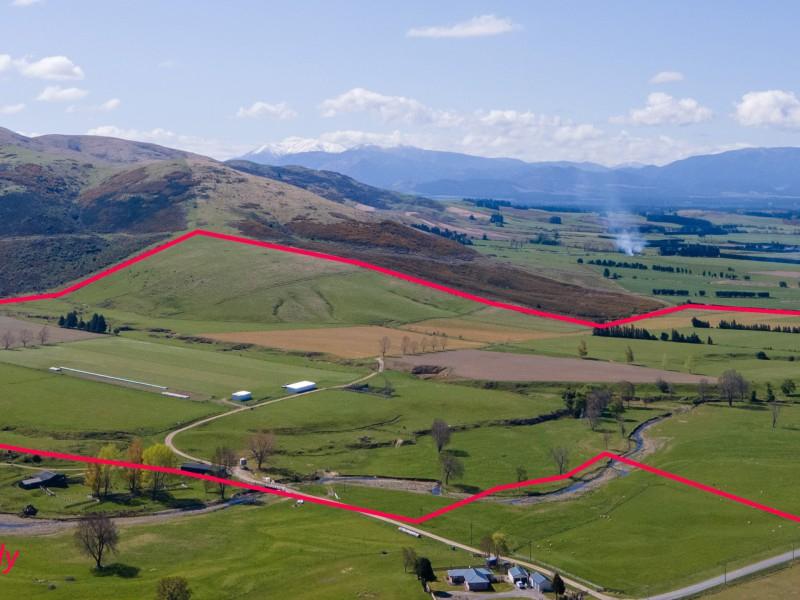Whitebait, native birds flourish in Kaiapoi thanks to targeted weeding
From local democracy reporter David Hill:
Community efforts are helping īnanga/whitebait to flourish at Kaiapoi in North Canterbury.
The sweeping wetland surrounding the Kaiapoi River is home to īnanga/whitebait and native birds like the matuku-hūrepo/Australasian bittern.
Over the last 15 years, the wetland has been steadily invaded by pest plants.
But an Environment Canterbury (ECan) led-project is attempting to set the balance back in favour of the original native plants.
“We're using targeted weeding, which means we’re leaving native undergrowth untouched and flood protection trees, where necessary, while eliminating yellow flag iris,” ECan braided river revival regional lead Greg Stanley said.
“No planting is needed as native species will flourish with space.”
Native wetland and saltmarsh communities grew beneath a canopy of planted and wilding willow trees.
Raupō, bullrush, harakeke, juncus, and carex were among the species inhabiting the area, providing sustenance and shelter for īnanga habitat.But yellow flag iris has quickly spread through the berm habitats, displacing wetland communities.
The iris infestation out competed native plants, threatening the habitat that īnanga rely on.
Without removal, the saltwater-tolerant weed was likely to outlast the willows, which were slowly dying back with saltwater intrusion and targeted removal.
“This is a really big problem,” Stanley said.
“With sea level rise, climate change, and saltwater intrusion, the conditions are moving to allow yellow flag iris to become increasingly dominant.”
Without intervention, īnanga were unlikely to survive, he said.
“Īnanga can't use yellow flag iris for laying eggs.
“The native plant species all have classic grassroots which form dense raft mats that the īnanga stick their eggs to, whereas the yellow flag iris is like a ginger root.”
Previous spawning grounds identified at the confluence of Kaiapoi River and Courtenay Stream have been increasingly choked by iris intrusion.
This has reduced the spawning ground, with little else available.
The project began in November 2021 and was now in its second season.
It was one of 23 river sites ECan was transforming throughout Waitaha/Canterbury.
The Regionwide Berm Transition Project was part-funded by the Ministry of Business, Innovation and Employment's Kānoa – Regional Economic Development and Investment Unit.

Poll: Do you think NZ should ban social media for youth?
The Australian Prime Minister has expressed plans to ban social media use for children.
This would make it illegal for under 16-year-olds to have accounts on platforms including TikTok, Instagram, Facebook and X.
Social media platforms would be tasked with ensuring children have no access (under-age children and their parents wouldn’t be penalised for breaching the age limit)
.
Do you think NZ should follow suit? Vote in our poll and share your thoughts below.

-
84.6% Yes
-
13.9% No
-
1.4% Other - I'll share below
It’s Riddle Time – You Might Need an Extra Cup of Coffee!
Nobody has ever walked this way. Which way is it?
Do you think you know the answer to our daily riddle? Don't spoil it for your neighbours! Simply 'Like' this post and we'll post the answer in the comments below at 2pm.
Want to stop seeing riddles in your newsfeed?
Head here and hover on the Following button on the top right of the page (and it will show Unfollow) and then click it. If it is giving you the option to Follow, then you've successfully unfollowed the Riddles page.

What's your favourite recipe for courgettes?
Kia ora neighbours. If you've got a family recipe for courgettes, we'd love to see it and maybe publish it in our magazine. Send your recipe to mailbox@nzgardener.co.nz, and if we use it in the mag, you will receive a free copy of our January 2025 issue.








 Loading…
Loading…

























